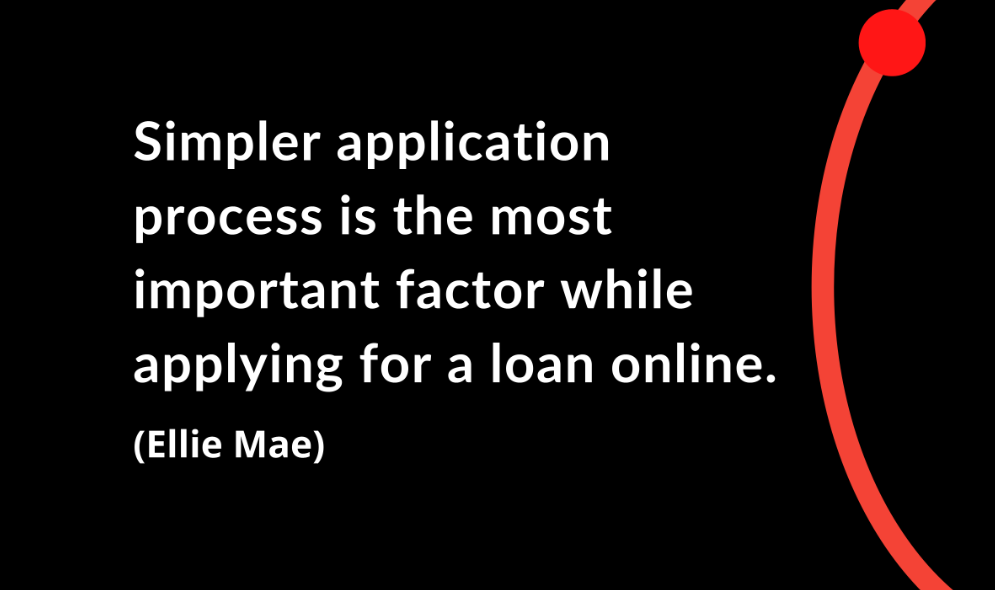The mortgage industry is no stranger to recessions. In fact, the industry was one of the hardest hit when the housing market crashed in 2008. This time around, the industry is facing another downturn, but there are ways to weather the storm. One way is by utilizing robotic process automation (RPA).
In this post, we will look at the problems of the mortgage industry and how you can solve them with automation tools.
How Automation Can Help the Mortgage Industry Survive the Recession
The mortgage industry can utilize automation in a number of ways to help weather the current economic storm.
- Automation of loan application processing. Simplifying the loan application process by removing bottlenecks of manual data entry and verification can help to enhance the customer experience while making it more efficient.
- Automation of customer engagement process. This will help ensure that customers are kept up-to-date on their loan status and prevent any miscommunication between lenders and borrowers.
- Automation of post approval communication. This will help keep borrowers on track with their mortgage payments and avoid any late fees or other penalties.

The Benefits of RPA
For mortgage lenders, there are three main benefits of using RPA: cost savings, operational efficiency, and improved compliance.
- Cost Savings: RPAs can automate time-consuming tasks like data entry and data validation and reduce the time and effort thereby having a direct reduction in the cost per loan
- Better Customer Experience: Automation of the mundane tasks frees up human employees to focus on higher-value work, such as building customer relationships which impacts the brand image.
- Operational Efficiency: RPAs can work 24 hours a day, 7 days a week without getting tired—which means they can help mortgage lenders manage fluctuating demand without sacrificing quality or service levels.
- Improved Compliance: RPAs can help mortgage lenders avoid compliance issues by automatically checking loan applications for errors and flagging any discrepancies for human review. This helps ensure that loans are processed correctly the first time around—and that critical documents are not misplaced or forgotten.
In addition, RPAs can help reduce the time it takes to close a loan by automating repetitive tasks like sending reminders and following up on outstanding documents.
Immediate hiring of trained professionals is not possible when the world has already witnessed ‘The Great Resignation’. In such a situation reliance on digital workers or bots can help you with the flexibility to scale at will, reduce errors and also the origination cost per loan.
Investing in technology during a lull in the market may seem frivolous, but in the long run, automation can help lenders to scale quickly when there is a surge in demand.
Conclusion
RPA can be used for a wide variety of tasks, including data entry, form submission, data validation, and auditing. For mortgage lenders, there are three main benefits of using RPA: cost savings, operational efficiency, and improved compliance. In order to survive the recession mortgage lenders need to find ways to cut costs and simplify the loan origination process—and RPA can help them do both.




